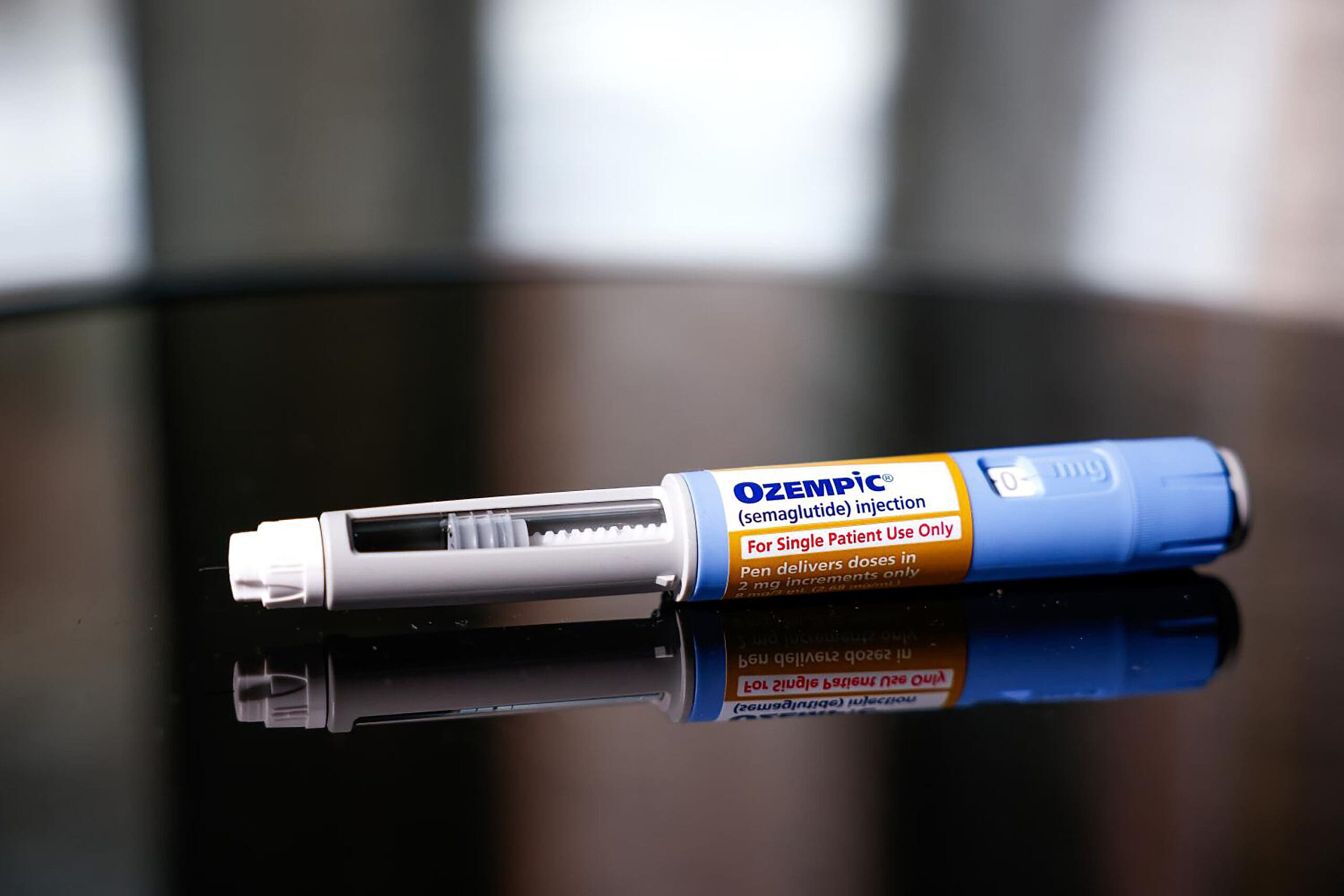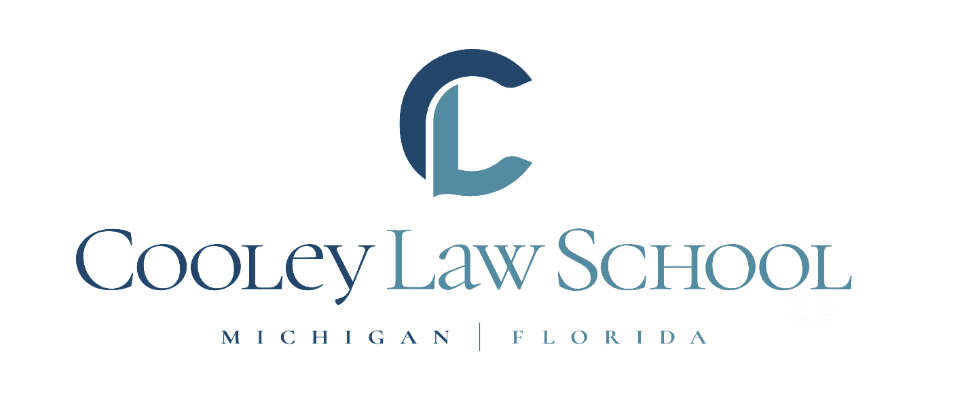An Ozempic injection pen in Beverly Hills, California, on Feb.15, 2024.
Christina House/Los Angeles Times/TNS
By Jon Healey
Los Angeles Times
(TNS)
Ozempic, Wegovy and other new weight-loss drugs have proved so good at helping users shed pounds, they’ve quickly become a multibillion-dollar industry.
The prescription-only medications have also been in consistently short supply, which is why they’ve grown increasingly popular — with scammers.
Online con artists are luring victims with discount offers of Ozempic and similar drugs with no prescription required. After they take the money, however, they deliver something their clients didn’t order — fake drugs, perhaps, or just the disappointment that comes when people realize they’ve been taken.
A new report by threat researchers at McAfee found 176,871 phishing emails and 449 malicious websites tied to offers of Ozempic, Wegovy and semaglutide, the generic name for these drugs, from January to April 2024. Phishing attempts were almost 200% higher during the period than they were from October to December, the internet security company reported.
In addition, the researchers found that scammers were creating fake profiles on Facebook so they could run weight-loss-drug swindles there. Others took hundreds of fake offers to Craigslist — including 207 of them in a single day in April.
Novo Nordisk originally developed the semaglutide it dubbed Ozempic as a treatment for Type 2 diabetes, but clinicians found that semaglutide could help people lose significant amounts of weight by suppressing appetite. The Food and Drug Administration approved Novo Nordisk’s Wegovy as a weight-loss drug in 2021; since then, it has approved an alternative drug, Eli Lilly’s Zepbound, which is based on its diabetes treatment Mounjaro.
Although Ozempic costs nearly $1,000 a month without insurance, the demand for these drugs has grown rapidly. Sales of Ozempic alone are projected to reach $11 billion this year, according to one analysis.
The combination of high prices and insufficient supply has proved irresistible to scammers.
Abhishek Karnik, head of threat research at McAfee, said the fraudsters typically have two types of victims: people who can’t get a prescription for
Ozempic, and people who have a prescription but can’t find it at their local pharmacies.
The scams can be personalized and targeted at people who’ve shown some interest in weight-loss drugs, using information collected about them and their browsing habits, said Iskander Sanchez-Rola, director of privacy innovation for the internet security company Norton. The pitches may come through email or ads placed on search engines or websites, he said, including sites that are well-established and trustworthy.
“Anywhere a human can have their eyes on, they will be there,” Sanchez-Rola said of the scammers. Just because a website is legitimate, he added, that’s no guarantee that the ads there will be.
To pull off the scam, Karnik said, the fraudsters will often interact with the prospective buyer through a social media network or platform such as Telegram to win their trust. That could include offering over-the-top testimonials to their legitimacy and to the quality of the products. “You’ll have people claiming they had huge success with these drugs,” he said, “but none of it is true.”
Scam sellers may also pose as doctors or pharmacists, often from foreign countries, and claim they can sell Ozempic without having to examine you or see a prescription. That may seem sketchy, but many Americans have imported real medications such as insulin illicitly from Canada and Mexico for years because the prices are so much lower outside the U.S.
“One example on Facebook Marketplace included a ‘Doctor Melissa’ based in Canada who could provide Mounjaro and Ozempic without a prescription, with payment available through bitcoin, Zelle, Venmo and Cash App — all of which are nonstandard payment methods for prescription drugs and should be red flags for consumers,” McAfee said.
According to McAfee, some scammers just take your money and disappear, possibly after getting you to share sensitive personal information (unwittingly, in many cases). Others will deliver an injection pen — the typical format for these weight-loss drugs — filled with something other than the advertised medication; they may be insulin injectors, EpiPens or even injectors loaded with salt water, McAfee said.
That sort of counterfeit shipment poses a significant health risk. For example, McAfee said, one person who used Ozempic to help manage her diabetes bought some injectors online after local pharmacies ran out, only to discover that the pens she received were filled with insulin. Had she not been tipped off by the flimsy packaging and different appearance, McAfee said, she could have injected herself with a fatal dose.
Another type of con, Sanchez-Rola said, is when the scammer will deliver a bottle of aspirin or some other drug you didn’t order, then make it so burdensome for you to obtain a refund that you give up.
How to detect Ozempic scams
The first rule, McAfee said, is never to buy one of these drugs without a prescription. After all, doing so is illegal in the United States.
Sticking to licensed pharmacies is wise too. You can check whether a California pharmacy is licensed at the State Board of Pharmacy website; for other states, consult the FDA’s website.
But scammers also target people who have prescriptions they can’t fill locally, as well as offering medications they tout as nonprescription alternatives that are just as good as Ozempic. And to make their products more attractive, they may use AI tools to produce eye-popping before-and-after images that are persuasively realistic.
Here are more red flags to look for before buying a weight-loss drug online:
Strikingly deep discounts. Fraud experts say that if a price looks too good to be true, it almost certainly is. Another thing to bear in mind, Sanchez-Rola said: “You didn’t find the best deal, the best deal found you, which is already a big red flag.”
Misleading claims. McAfee warns that overly rosy promises of results are a sign of a scam. Be especially wary if the site offers none of the usual disclaimers about side effects, possible negative reactions or details about how the product should be used.
Payment methods other than credit cards. Scammers prefer systems that act more like cash, such as Zelle, Cash App or gift cards, or are untraceable, such as cryptocurrency. Sanchez-Rola said sometimes scammers will also offer a credit card option that looks real, but it’s designed to display an error message when you try to use it so you’ll be forced to use a different, sketchier payment method.
A mix of 5-star and 1-star reviews. Sanchez-Rola said that fraudsters’ websites often try to bury the actual reviews posted by unhappy customers under a slew of bot-generated praise. If you see a lot of 5-star reviews that were posted within a short period of time, that’s a huge red flag, he said, especially if the reviews have no comments attached.
Deep discounts that expire soon. Con artists will try to override your reservations about a transaction by giving it a false sense of urgency.
Boilerplate company information. Scammers’ websites often provide phone numbers, addresses, contact information and descriptions that they copy from legitimate sites, Sanchez-Rola said. You should paste the phone number and other information into a Google search to see if they’re used by other, unrelated businesses — for example, he said, one scam site copied its physical address from an ice cream parlor, assuming that its customers wouldn’t bother to check.
Use security software that helps detect scams. McAfee and Norton, among other companies, offer programs that can alert you when you’re about to navigate to a suspicious website.
What to do if you’ve fallen for an Ozempic scam
If you’re fortunate enough to have used a credit card, you can dispute the charge and eventually obtain a refund. You can get similar results if you make your purchase using PayPal or Venmo with the buyer protection feature enabled.
If not — for example, if you used Zelle or paid with gift cards — you can at least report the fraud to try to protect other potential victims. The federal government has an online tool to help you find the right law enforcement agency to file your report with. You can also file a complaint with the FTC’s site and the FBI’s Internet Crime Complaint Center .
Beyond that, Sanchez-Rola said, if you were conned on a social network, you should report the fraudster’s profile to the network’s administrators. For example, Facebook explains how to report fraudulent Marketplace sellers in its help section, and TikTok walks through how to report a problematic account in its support section.
©2024 Los Angeles Times. Visit at latimes.com. Distributed by Tribune Content Agency, LLC.




